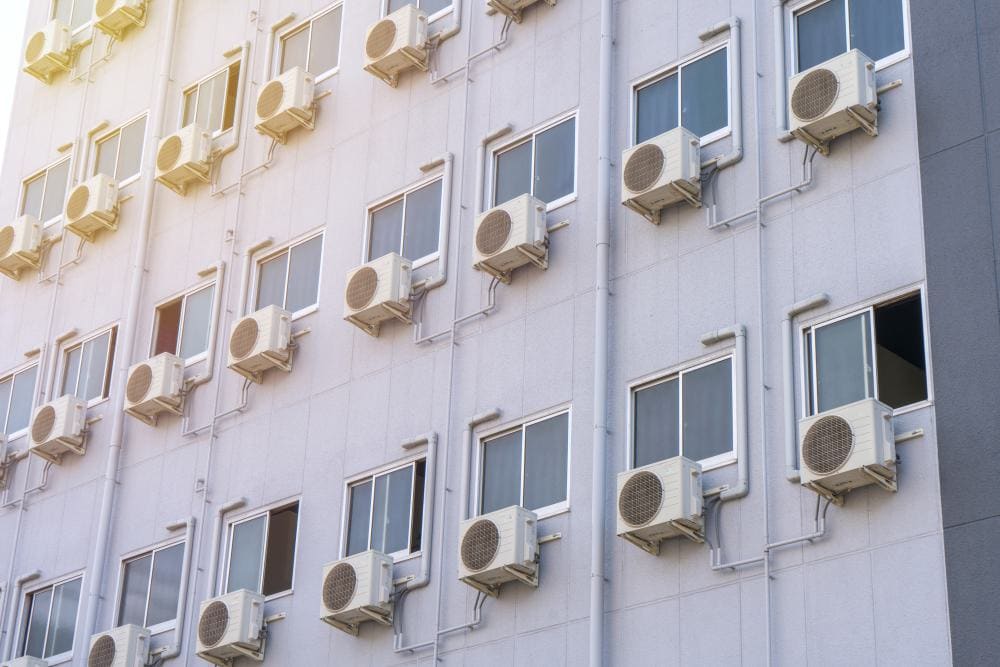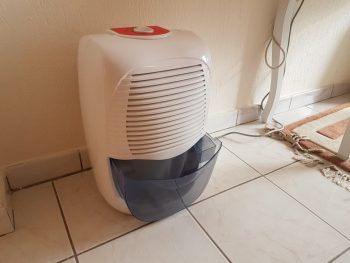
When it comes to ensuring your window air conditioner operates efficiently and safely, one crucial aspect to consider is the size of the circuit breaker that the unit is connected to. This guide will explain how to determine the appropriate breaker size for a window air conditioner, why it’s important, and what can happen if the breaker size is incorrect.
The appropriate breaker size for a window air conditioner is typically a 20-amp breaker, but it can vary depending on the unit’s power consumption and amperage rating. You can find the correct size by checking the unit’s nameplate for the Minimum Circuit Ampacity (MCA) and Maximum Overcurrent Protection (MOP) values. If these aren’t available, calculate the amps using the power equation: I = P / V, where P is power consumption in watts, I is current in amps, and V is voltage. Always ensure the breaker size falls within the specified range to prevent potential risks such as overheating, damage, and electrical fires.
Understanding the Role of a Breaker in Relation to a Window Air Conditioner
The primary role of a breaker in relation to a window air conditioner is to protect the electrical system and the air conditioner itself from damage caused by overcurrents or short circuits. When the air conditioner draws more amps than the breaker is rated for, the breaker trips, disconnecting the power to prevent damage to the equipment and potential electrical fires.
Determining the Appropriate Breaker Size for a Window Air Conditioner
The appropriate breaker size for a window air conditioner can be determined using the following guidelines:
- Check the unit’s nameplate for the Minimum Circuit Ampacity (MCA) and Maximum Overcurrent Protection (MOP) values. The breaker size should fall within the range of both values.
- In the absence of a nameplate, calculate the amps using the electric power equation: P = I × V, where P is the power consumption in watts, I is the current in amps, and V is the voltage. Rearrange the equation to find the current: I = P / V.
- Most window air conditioners require a 20-amp breaker, but some units may require a larger breaker depending on their amperage rating.
Risks of Using an Incorrectly Sized Breaker
Using an incorrectly sized breaker for a window air conditioner can lead to several potential risks and consequences including:
- Overheating and damage to the air conditioner
- Damage to electrical wiring
- Nuisance tripping
- Reduced efficiency and increased energy consumption
- Potential damage to other electrical components
- Increased risk of electrical fires
Influence of Power Consumption on Breaker Size
The power consumption of an air conditioner unit influences the size of the breaker needed because the breaker must be able to handle the current draw of the unit without tripping. For example, a 24,000 BTU air conditioner with a power consumption of 2,400 watts and a voltage of 220 volts, the current draw would be 10.91 amps (I = 2,400W / 220V). In this case, you would need a breaker that can handle at least 10.91 amps.
Common Breaker Sizes for Household Window Air Conditioners
Most window air conditioners require a dedicated circuit with a 20-amp circuit breaker. However, many window AC units are rated for an average of around 8A and often don’t exceed 10,000 BTUs, making 15-amp breakers relatively popular for window ACs, especially if the unit runs on 115V or 120V.
Replacing or Installing a New Breaker for a Window Air Conditioner
Replacing or installing a new breaker for a window air conditioner should always be done by a professional electrician. However, if you have the necessary skills and tools, you can do it yourself, but it’s crucial to take safety precautions.
Signals That Indicate the Need for a Different Breaker Size
Frequent tripping of the circuit breaker, overheating or burning smell, inadequate cooling, brown-outs, or voltage drops when the air conditioner cycles on are some common signs that could signal the need for a different breaker size for a window air conditioner.
In conclusion, the breaker size for a window air conditioner is based on the unit’s electrical requirements rather than the size of the room being cooled. Always refer to the manufacturer’s information and the nameplate on the unit to determine the correct breaker size for your specific air conditioner. Regular maintenance of your air conditioner can also help prevent issues that may cause the breaker to trip.
Frequently Asked Questions
What does BTU mean in relation to air conditioners?
BTU stands for British Thermal Unit. It is a unit of heat energy that is used in the heating, ventilation, and air conditioning (HVAC) industry. In relation to air conditioners, BTU refers to the amount of heat that the unit can remove from a room per hour.
How often should I perform maintenance on my window air conditioner?
It is recommended to perform maintenance on your window air conditioner at least once a year, ideally before the cooling season begins. This includes cleaning or replacing the filter, cleaning the coils and coil fins, and checking the condensate drain.
What is the difference between a circuit breaker and a fuse?
Both circuit breakers and fuses serve the same function – to prevent overcurrents from damaging electrical equipment. However, a circuit breaker can be reset and used again after it trips, while a fuse must be replaced after it blows.
Can I use an extension cord with my window air conditioner?
It is generally not recommended to use an extension cord with a window air conditioner. Extension cords can create a potential fire hazard, and they can also cause voltage drops that can damage the air conditioner. Always plug the unit directly into a dedicated outlet if possible.
What should I do if my air conditioner keeps tripping the circuit breaker?
If your air conditioner keeps tripping the circuit breaker, it could indicate a problem with the unit or the electrical circuit. You should turn off the air conditioner and contact a professional electrician or HVAC technician for assistance.












